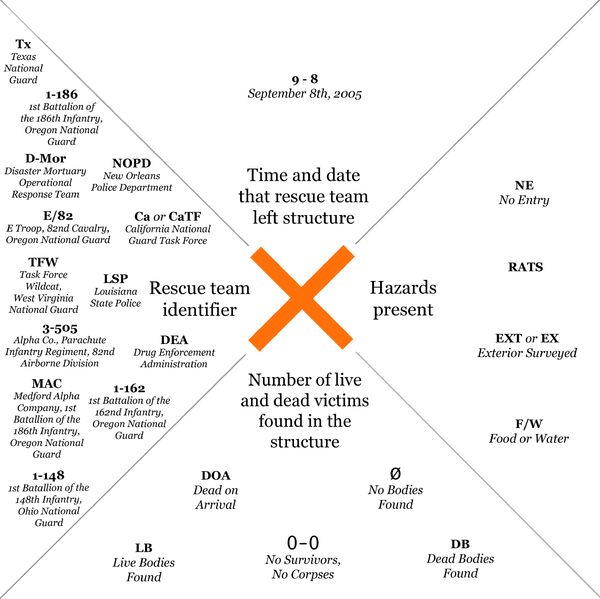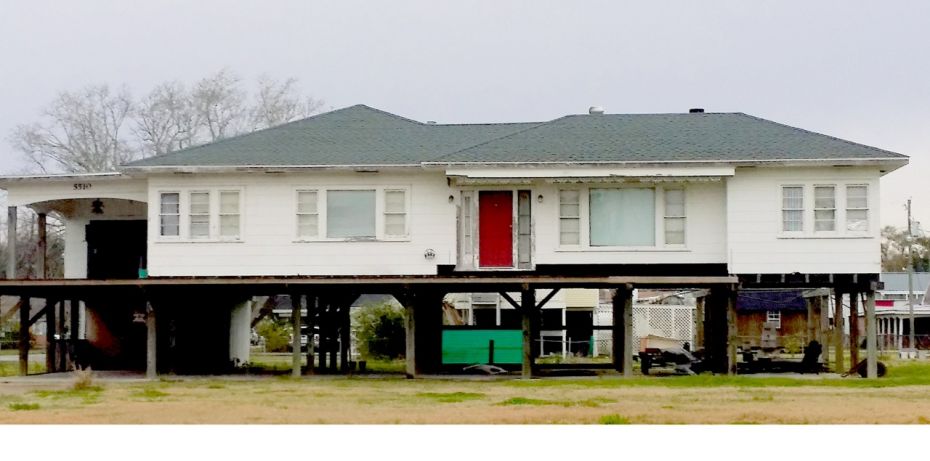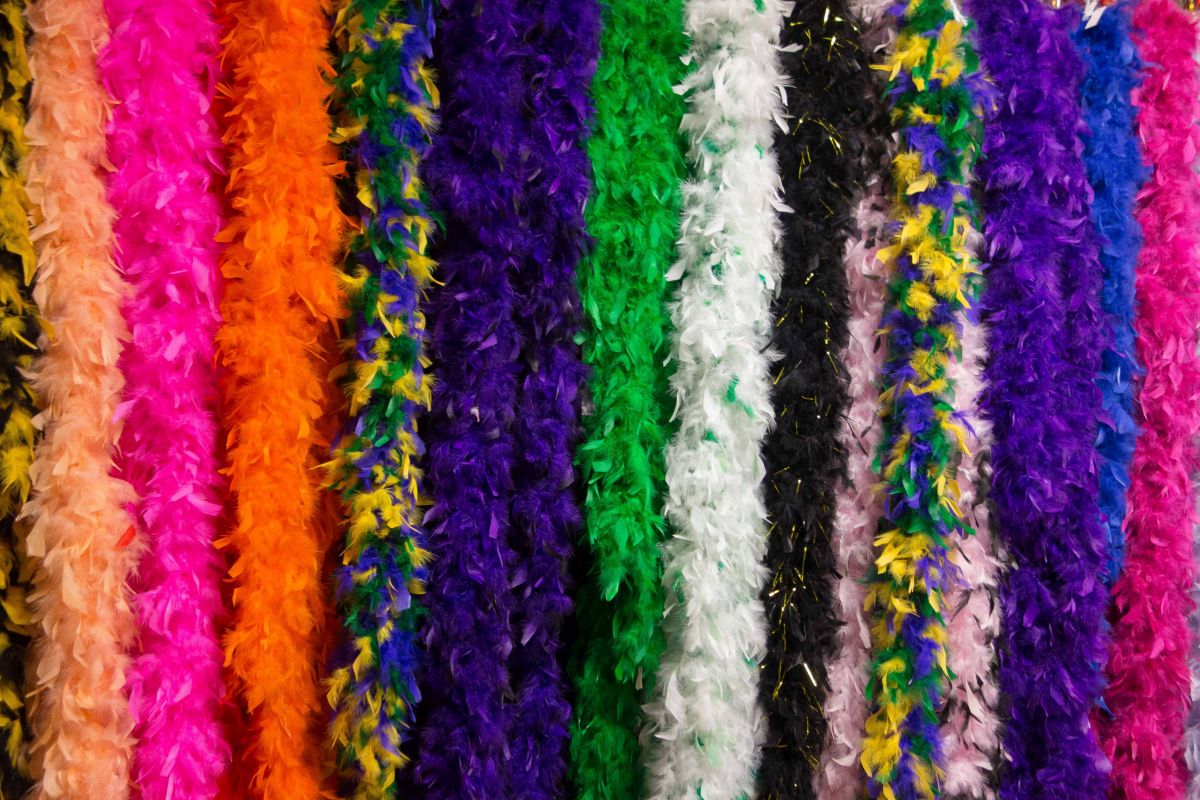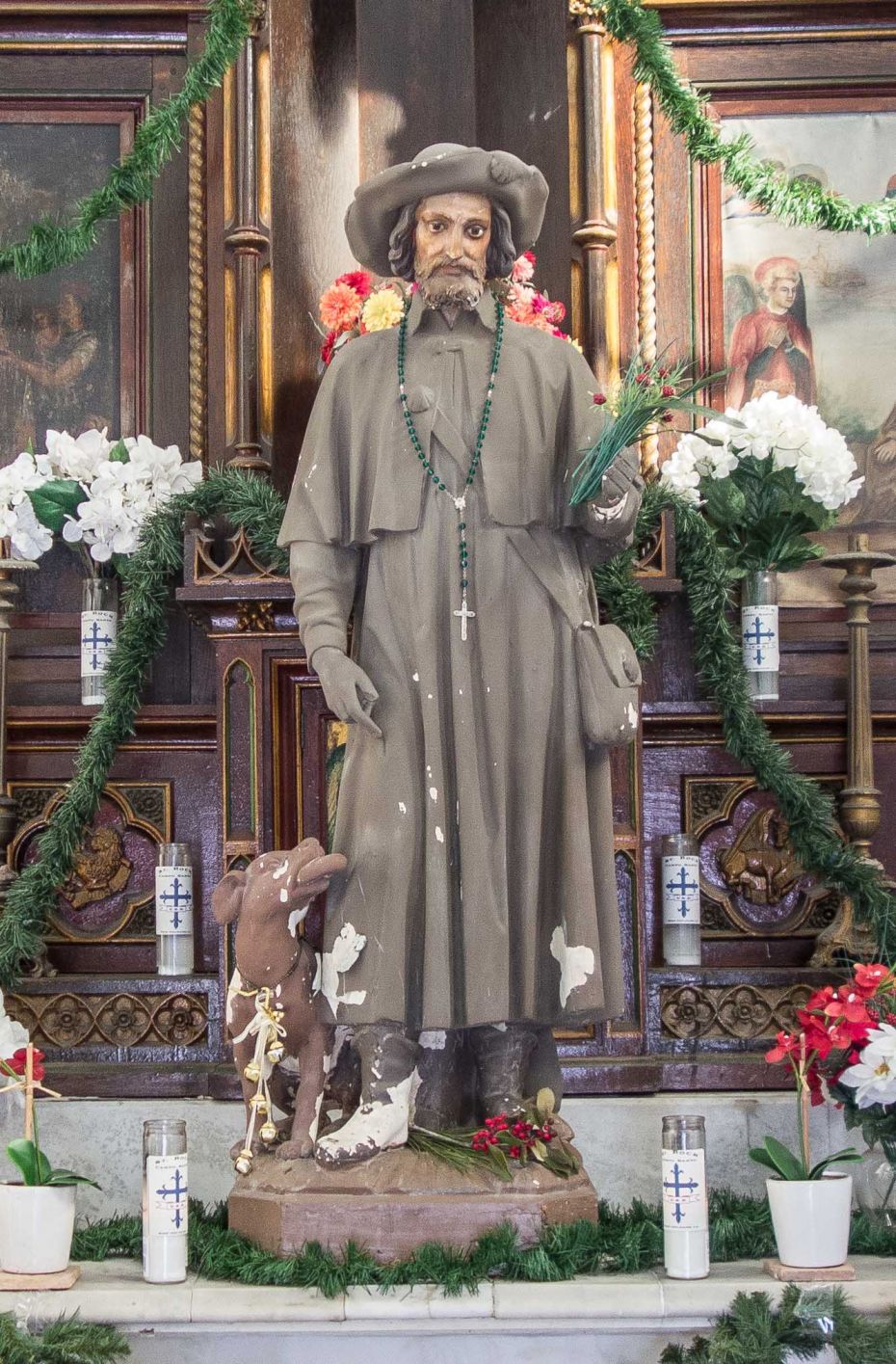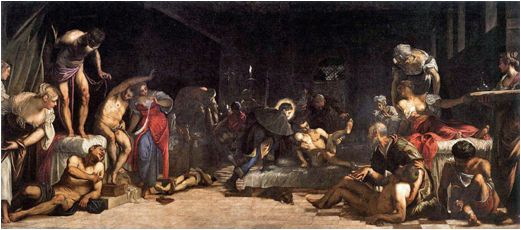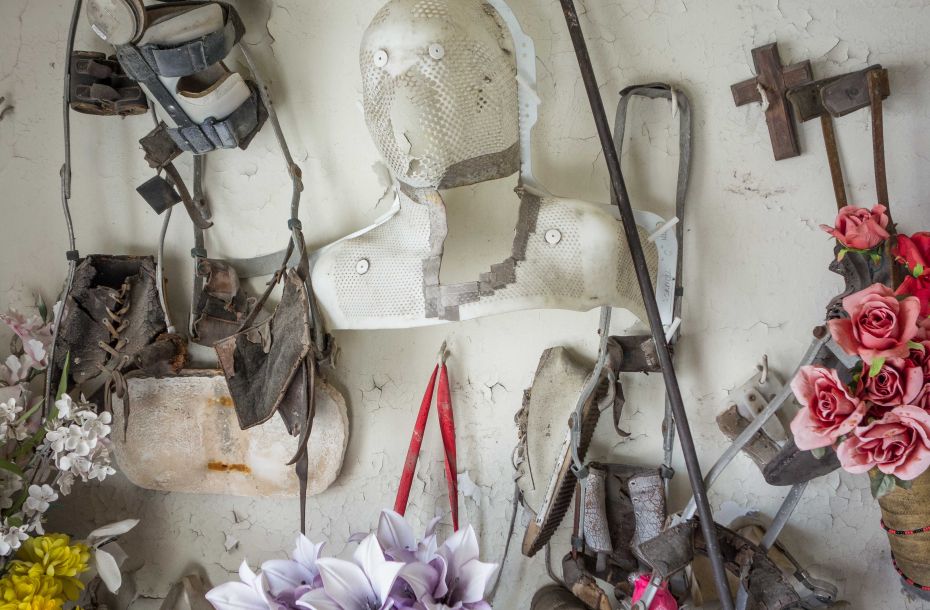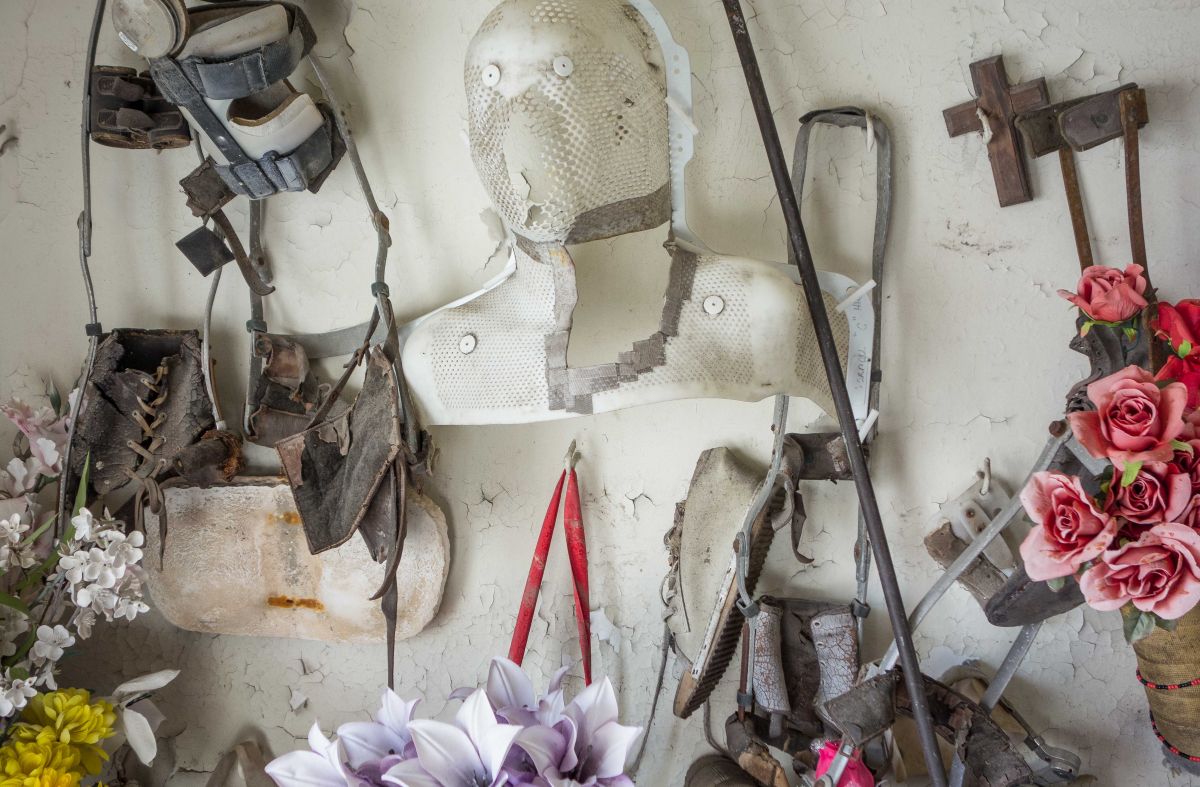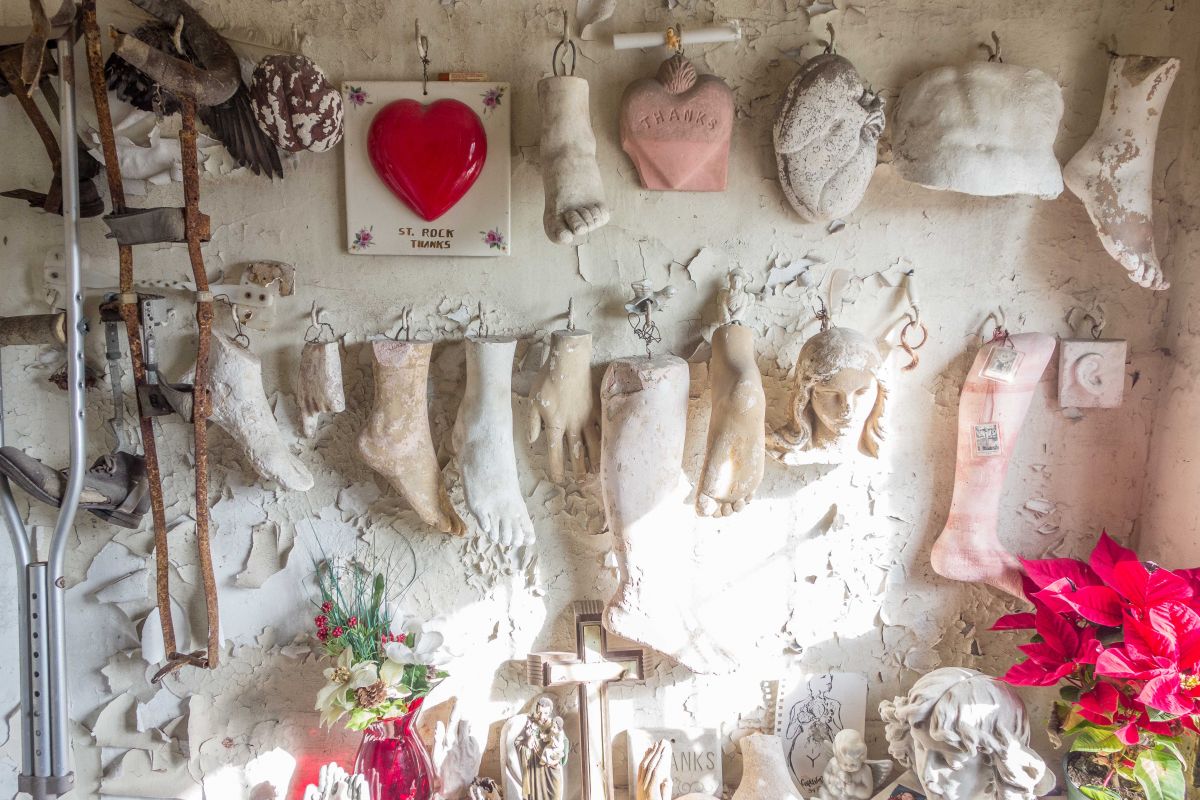NOLA PART 1
| December 25, 2013
My daughter and some of her friends rented a whole house in the Bywater neighborhood here through AirBnB—it’s a shotgun house with peeling paint and three bedrooms with a FEMA inspection sign spray-painted on the front:
What do the symbols mean? The top is the date of inspection (8th of Sept); The right is a hazard assessment—NE means no entry; the bottom 0 means no people inside (alive or dead); and the code on the left (hidden by an old flyer to crew on a schooner) is the designation of which FEMA group that came by.
Many houses here have FEMA symbols still visible on them. Bywater didn’t get seriously flooded (there was only a few feet of water in this area—bad is relative) although it’s almost just across the Industrial Canal from the Lower Ninth/Holy Cross, which everyone knows was devastated, and just south of Gentilly and other neighborhoods that were also devastated. Surprisingly, given the unfairness and the wealth gap in this town, some neighborhoods that aren’t particularly fancy were spared. The neighborhoods with mansions were, of course, almost untouched; no surprise there—upscale neighborhoods were originally built on slightly higher ground, as the high ground was settled first and floods are nothing new here.
There are home renovations going on everywhere around town. Some big signs for “house leveling” services are posted, which is just a sad thing to read on a billboard.
Other signs offer house raising services: folks who want to keep their old homes, but want to avoid the risk next time around, are raising their houses about six feet off the ground on cinder blocks. The Florida Ave. neighborhood north of Bywater has a lot of these. Some of them look a little precarious.
The owners of the house we’re in have bikes, which we are allowed to use. It’s a common way of getting around this flat city, where not absolutely everyone has a car. Naturally, I’m out and about every day, except today, as it’s raining.
We needed one more bike and walking around earlier I saw a sign for “Bywater Bikes” on a fence by a boarded up house. I call the number and the guy is just rousing himself (it’s around 11 am) so I meet him later and rent a bike, so each of us can have one. This guy has tons of bikes piled in the space between his house and his neighbor’s—all covered with tarps. I pick one with a basket (for groceries) and a suspension (the streets here are filled with cracks and potholes). His house is a typical shotgun, and all the windows are completely boarded up. As people do here he began to chat: he used to live in NY, worked with Ru Paul and hung at the Pyramid Club…then he moved to Santa Fe. He also has a catering company that specializes in chocolate. And he has written a script about his life. That wonderful and crazy concatenation of places, behavior and activities above sort of struck me as a metaphor for this town, and a wonderful welcome too. To top it off, he dropped off a delicious banana walnut cake at our house later in the evening. Was that because it was me? Maybe, but I’ve experienced a lot of random acts of kindness here from folks who had no idea who I am (one man was convinced I was Peter Gabriel, I told him no, I’m not, but I could tell he didn’t believe me.)
A local corner store has delicious fried oyster po’ boys, a smattering of canned goods and some house renovation supplies: construction gloves, hard hats, tools and duct tape. You sell what people need in the neighborhood.
We bike over to the Mardi Gras Zone and stock up on provisions—it’s a supermarket that specializes in canned and frozen goods. Up front there is a pizza oven, with a few seats and there are balconies that have Mardi Gras and other festive supplies for sale (boas, beads and masks). Here is a leaf “top” for one of the luau outfits:
There are maybe hundreds of different kinds of beads, some masks, a vast selection of boas and on the opposite balcony some auto-maintenance items and an upright piano with two chairs in front of it. Whole Foods, tasteful and stocked by algorithms, this is not—though the food selection is actually pretty good. Here is their boa selection—doesn’t every grocery store have a boa selection?
Ani DiFranco is behind me in the checkout line with her daughter. We played a show together in Buffalo, where she used to be based. She’s lived here for a number of years now. She recently was attacked online for booking a kind of retreat/workshop next summer at a former plantation that is now an Inn of some sort. Given her track record it’s weird to see her attacked like that, but the incident does raise some good questions: when does what went on in a building and its nefarious history not matter any more? Does it ever not matter any more? Is there a way out of this cycle? With honor and integrity?
As someone wrote, it’s not like someone is hosting a rave at Auschwitz or they’re planning on dressing in Antebellum outfits and doing a LARP at a former plantation. As someone else pointed out, the whole White world was tainted by slavery: Harvard and Yale profited by it, just as many universities profited from the Vietnam war defense spending. You scratch the surface of any Gatsby and there’s probably a thug with some very dirty laundry underneath. Pelourinho square in Salvador, Bahia, was a slave market—now it’s the home of the drum and vocal group Olodum and the Sons of Gandhi, an afro-Brazilian fraternal organization. The place now celebrates the things it used to repress. So where does one draw the line?
One possibility is to eliminate the buildings where horrible things happened, but isn’t that to risk erasing the history from our memory? Repurposing but not forgetting might be the way to go.
We all prepare a home-cooked dinner and then some of our group head out to a local bar and then move on to midnight mass at Jackson Square in the French Quarter. It seems our group is not the only one to have that itinerary—there are quite a few people in the church who clearly have had a few before reaffirming their spiritual roots. There is some inappropriately loud hymn singing, and one young woman sways back and forth a little too much and has to be taken out—by her parents. A middle aged man in a suit gets down in the aisle to pray, but then can’t get up. He lays down there for a bit until someone eventually helps him up.
12.26.13
We head over to a nearby corner bar called Vaughan’s, where trumpet player Kermit Ruffins* holds court with his band on Thursday nights—something he has done for years. It’s the only night the neighborhood will allow the bar to have live music, so Kermit has pretty much a monopoly on the live music in this part of Bywater (except for the jazz combos at Bacchanal wine bar and restaurant around the corner), which it turns out is a pretty good thing. He plays NOLA funk accompanied by a small brass section, guitar, bass, drums and organ…the area in front of the band fills with dancers and everyone else moves as best they can.
*CORRECTION: Michael Bourgeois writes:
"It’s true that Kermit Ruffins had a long-standing gig at Vaughan’s, but he’s recently opened his own club, Kermit’s Treme Speakeasy Restaurant and Bar on Basin Street, and has been playing there lately. The Thursday night session at Vaughan’s is currently being covered by Corey Henry, formerly of Rebirth Brass Band and Galactic."
Local music writer Jay Mazza has written a whole book called Not Just Another Thursday Night, about the Kermit residency at Vaughan’s—he has attended 350 of Kermit’s shows there—which says something about how good it feels, how long and regularly Kermit has gigged there and how dedicated (or obsessive) this writer is.
In the back room they’re passing out free beans and rice, which helps keep folks both sober and able to consume more alcohol. I remember this tradition from an earlier trip to New Orleans. Back then I went to a bar called Dorothy’s Medallion to hear a great blues and ballad singer named Johnny Adams. There was bottle service and go-go girls in sort of caged platforms. It was chilly, as it can be in NOLA this time of year (it’s a damp cold; it never snows), so the go-go girls were wearing athletic socks as they lackadaisically undulated. We listened to Adams croon and then left before the place closed, as it was in the wee hours of the morning. We heard an announcement that before closing, rainbow grits would be served, which I guess would sober some folks up just enough to get them home (thanks to Mark Bingham, who showed us around on that trip and later opened Piety Street Studios.)
“Eracism” bumper sticker on a car parked near Vaughan’s.
We can’t stay until Kermit’s set is done, as we have tickets to see Big Freedia at a place called Republic in the Warehouse District. We bike over and join the line to get in. It’s an evening of bounce DJs, bounce artists and dancers—so there will be a fair amount of twerking (yes, some segment of the black community of NOLA has embraced Miley Cyrus, despite her daddy being a bit of a cracker.) Some of us had seen Big Freedia in NY at Brooklyn Bowl a year or so ago, so we were expecting a fun show.
There were a few opening acts to get through, actually more than we anticipated. Some of them were wonderful, capturing the local bounce genesis maybe more than the now slightly slicker Freedia would do. Nothing wrong with getting more professional—a well constructed and visual show is a wonderful thing—but the opening acts were pleasantly inclusive. The first act was a large dude in a red T-shirt accompanied much of the time by three dancers who sometimes soloed and sometimes, though not often, did some moves in sync. It almost seemed like an amateur show, with dancers coming on stage semi-randomly and the dude filling with shout outs in between bouts of ass wiggling. When a bit of butt frenzy would end, the dancer would often unceremoniously stand up, pull their shorts down to cover their butt and then casually amble off stage. There was no “big ending” as one is supposed to have in show biziness, no button as on Broadway, just a minute of agitated wiggling and humping and then a sort of fizzling out.
Fairly often a dancer would stand on his or her head and sort of wiggle their legs in the air. Often, as a result of being upside down, cell phones fell out of pockets and then slid across the stage as a dancer launched into this move. The gadgets were left lying there and then retrieved when the wiggling was over. The upside down thing wasn’t really what you’d call a dance move and wasn’t a frenzy like twerking—it was just a person upside down wiggling their legs. The girls often wore big Nike shoes whose oddly patterned soles were visually front and center when the legs went up.
I love the “everyone is sexy and talented” aspect of the bounce style—the girls who get up and dance on stage are sometimes plus sizes and some are skinny (which must be an achievement in NOLA). The male dancers seemed to be quite fit, though the male singers tended to be extra large. Everyone had a chance to wiggle their butt or stand on their head, everyone was a star, and everyone was a sexy thing, for a moment at least.
I rode home around 1 am, and though the others stayed on, even they didn’t manage to stay long enough to catch Big Freedia…as there were maybe two or three more acts to go before Miss Thing came on.
12.27.13: When The Saint Comes Marching In: St Roch and ex-votos
We went for a long bike ride that took us first to the St Roch Cemetery, which is only open on Fridays. Like all other NOLA cemeteries, the graves are above ground, as the water table is so high here.
That said, ALL the folks buried in one sepulchre aren’t crammed into these little “houses.” As new residents move in, the existing residents—or what’s left of them—are shoved to a place that effectively dumps them into the Earth.
This cemetery is known for its shrine to St Roch and an anteroom connected to the altar filled with ex-votos. St Roch, pronounced, here at least, “St Rock” (I’m surprised there aren’t more offerings from metal bands) is the saint of many causes and illnesses: cholera, epidemics, knee problems, plague, and skin diseases. He is the Patron Saint of: bachelors, diseased cattle, dogs, falsely accused people, invalids, Istanbul, surgeons, tile-makers,gravediggers, second-hand dealers, pilgrims and apothecaries. And the saint of dogs. Some of these connections are obvious, but some are a little surprising. What’s the connection with tile-makers, for example?
He was born in 1295 to a noble family in France, in Montpellier and had a strict religious upbringing. His parents died when he was 20 and then he immediately gave away all the family’s stuff and heading for Italy, to help victims of the plague. He could have stayed at home and been governor of Montpellier, as he was ordained to do so, but something drove him to administer to the sick. He did have a birthmark on his chest in the shape of a red cross—which is maybe meant to explain his calling.
In Italy, he affected many cures that were often described as miraculous. Some were achieved by merely drawing a cross on the victim’s forehead…but eventually he himself got sick.
It was then requested that he leave the town he was in, so he went off to die in the forest. He made himself a hut of leaves and was prepared to end his days, but miraculously (this was apparently near Rome) a clean, freshwater spring appeared by his hut that provided him with drinking water…and a dog, belonging to the Count whose land it was, began to bring him bread and lick his wounds. St Roch is usually pictured alongside a dog with a chunk of bread in its mouth:
The licking action of the dog helped heal the saints’ wounds and soon he was discovered by the Count, who became a supporter. His healing was not quite a miracle—people did occasionally recover from the plague—but the fresh water spring and the dog aspects were pretty extraordinary. In most other statues and paintings, he is also depicted hiking up his skirt to reveal one naked leg with a big gash in it: a scar/wound leftover from his infection. In this more modest version he points to the gash, which is visible as a groove on the exterior of his garment (I sort of like this idea of a garment “telling you” what lies beneath.)
Roch returned to Montpellier, which unfortunately was in the middle of a war. The future saint was captured and jailed as his mendicant outfit was viewed as a disguise. Ever humble, he didn’t reveal who he was, even though it was his own uncle who was in charge of the town. Eventually though, someone saw the red cross birthmark and he was revealed to be the miracle pestilence reliever, but too late—he had weakened in jail and soon passed away (subsequent information says this didn’t happen in Montpellier but in a neighboring town.) After his passing, God sent an angel with a table (a table?) to put under the saints’ head which had inscribed on it ”that God had granted to him his prayer, that is to wit, that who that calleth meekly to S. Rocke he shall not be hurt with any hurt of pestilence.”
He soon became a favorite subject of renaissance painters. Here’s one by Tintoretto of St Roch in a hospital performing healing miracles (that’s him with the glow around his head):
So, naturally, an anteroom next to the altar is filled with ex-votos (paintings or objects left to commemorate the fulfillment of a vow in thanks, gratitude and as an expression of devotion.) In this case the ex-votos take the form of models of organs or limbs that were healed, crutches and polio braces no longer needed, and on one wall, a leftover face-covering from a former burn victim.
The floor is covered with bricks that express thanks.
On the opposite wall are more organs (including a brain with brown paint flaking off) and a pink heart with, significantly, a dusty top half.
That dust demarcation line across the heart is where the water rose to during Katrina. It’s about nose level. So basically this whole cemetery, with its tombs above ground, was under water. Say no more, one shudders to think.
In Mexico, ex-votos often take the form of paintings that depict an injury or illness that one has survived, or just as often a car crash.
In a church in Sweden, they sometimes take the form of model ships—left in a church as a way of giving thanks for having survived rough seas or a storm.
Part 2 to come shortly.


